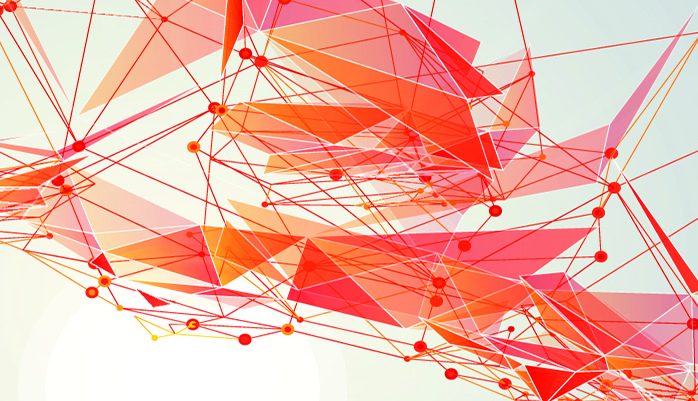Tesseract helps British Gas to expand and diversify
Sep 09, 2015 • Features • BGHN • field service • Software • Software and Apps • Asolvi
Tesseract is helping British Gas expand and diversify by optimising service management at its renewable energy division, British Gas Heat Networks.
Tesseract is helping British Gas to increase the volume of its work and expand its offerings by optimising the service management operation at British Gas Heat Networks (BGHN), a growing division of the company specialising in renewable energy sources and cutting edge new methods.
BGHN began its life as Econergy, designing and supplying biomass heating solutions. Biomass systems – a carbon-neutral solution to the world’s ever-dwindling supply of fossil fuels – rely on heat generated from burning quick-growing, renewable wood instead of gas. British Gas purchased Econergy in order to diversify, to offer customers a wider choice of energy options, and to explore more renewable energy sources and environmentally friendly heating solutions.
Biomass heating solutions continue to be the primary focus of the division, which was renamed British Gas Heat Networks in December 2014. Biomass boilers are provided to anyone who wants them, including private residences, council offices, care homes, schools, rural estates and commercial premises. BGHN offers a complete solution, from initial consultation and project development to design and installation to operation and maintenance, courtesy of long-term heat supply and energy management contracts.
But where does Tesseract come in? Essentially Tesseract looks after the service and maintenance side of things. Following installation, BGHN relies on in-house engineers and a variety of subcontractors to maintain the installations at its clients’ premises. Tesseract’s Service Centre 5 (SC5) is used to manage these engineers and subcontractors, looking after both planned and reactive maintenance at customer sites.
Before the implementation of Tesseract’s service management software, BGHN relied on a predominantly manual, paper-based process to deal with planned and reactive maintenance tasks, plus a modicum of software. Most of the work was scheduled using Excel spreadsheets. Nothing was live, instant or particularly visible.
Before implementing Tesseract’s service management software, most of the work was scheduled using Excel spreadsheets. Nothing was live, instant or particularly visible...
In October 2013, BGHN implemented Tesseract’s full SC5 package, utilising the full range of functions, including remote engineer access, stock control, parts centre and reporting. Now, staff at BGHN do not have to look at spreadsheets to determine what planned maintenance tasks are coming up, or use spreadsheets to log new reactive tasks.
“When we load a contract onto the Tesseract system, Tesseract now tells us what needs to be done and when,” says Dornan. “Before, we would have to enter details onto a spreadsheet and keep looking at it to know what work was coming up.”
Tesseract’s browser-based software can be accessed on all internet-capable devices. Thanks to Tesseract’s Remote Engineer Access (REA), which completely streamlines field service management, BGHN’s engineers can now log in remotely to the Tesseract system from their smart phones, laptops or tablets. They are able to view calls for dispatch, raise parts requests, look at the call history of a site, close down jobs, generate reports and raise same-day invoices. All of the data they input is live and fed back to the office instantly, allowing for much better visibility. REA also has handy offline capability; data can still be entered even if the internet signal is lost, and will be transmitted to BGHN as soon as the signal is restored.
Thanks to Tesseract’s software, a whole labour-intensive, paper-heavy process has been eliminated from BGHN’s operations. As a result, BGHN has been able to increase the volume and multifariousness of its work.
“Tesseract has enabled us to take on more work, and expand the range of services we offer,” says Dornan. “We now employ more in-house engineers and look after more clients. And while our specialism is biomass, we have a number of subcontractors we use for specialist gas work and working with different heat pumps. It means we can offer a more expansive and varied service.”





















 Field Service News is published by 1927 Media Ltd, an independent publisher whose sole focus is on the field service sector. As such our entire resources are focused on helping drive the field service sector forwards and aiming to best serve our industry through honest, incisive and innovative media coverage of the global field service sector.
Field Service News is published by 1927 Media Ltd, an independent publisher whose sole focus is on the field service sector. As such our entire resources are focused on helping drive the field service sector forwards and aiming to best serve our industry through honest, incisive and innovative media coverage of the global field service sector.
Leave a Reply